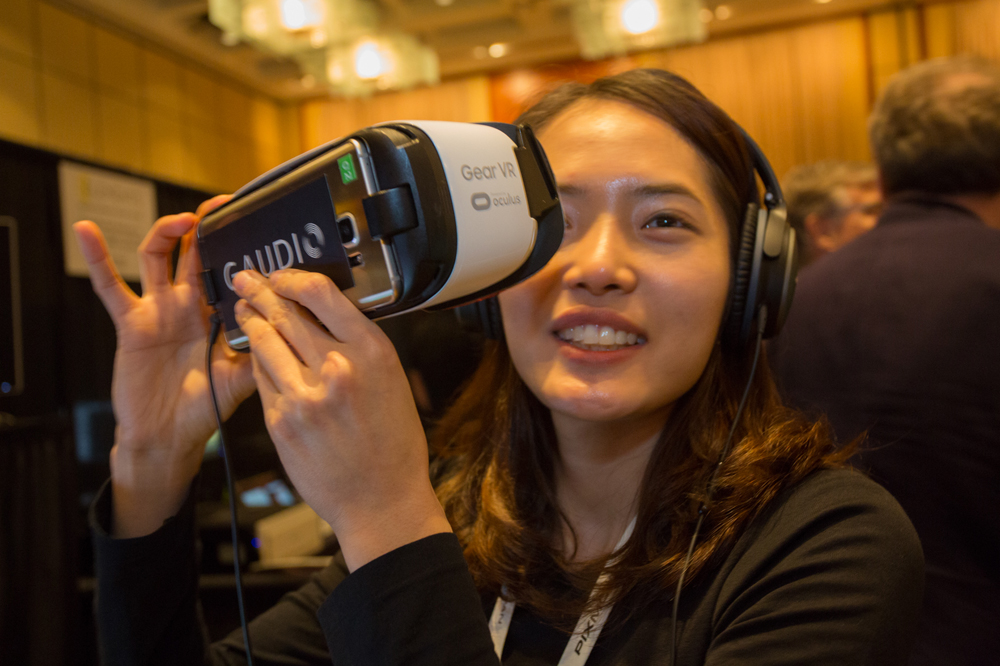HPA Tech Retreat takes on realities of virtual reality
By Jim Bask
Thomas Coughlin wrote this great piece for Post Perspective regarding the future of VR
The HPA Tech Retreat, run by the Hollywood Professional Association in association with SMPTE, began with an insightful one-day VR seminar— Integrating Virtual Reality/Augmented Reality into Entertainment Applications. Lucas Wilson from SuperSphere kicked off the sessions and helped with much of the organization of the seminar.
The seminar addressed virtual reality (VR), augmented reality (AR) and mixed reality (MR, a subset of AR where the real world and the digital world interact, like Pokeman Go). As in traditional planar video, 360-degree video still requires a director to tell a story and direct the eye to see what is meant to be seen.

Successful VR requires understanding how people look at things, how they perceive reality, and using that understanding to help tell a story. Some things that may help with this are reinforcement of the viewer’s gaze with color and sound that may vary with the viewer — e.g. these may be different for the “good guy” and the “bad guy.”
VR workflows are quite different from traditional ones, with many elements changing with multiple-camera content. For instance, it is much more difficult to keep a camera crew out of the image, and providing proper illumination for all the cameras can be a challenge. The image below from Jaunt shows their 360-degree workflow, including the use of their cloud-based computational image service to stitch the images from the multiple cameras.
Snapchat is the biggest MR application, said Wilson. Snapchat’s Snapchat-stories could be the basis of future post tools.
Because stand-alone headsets (head-mounted displays, or HMDs) are expensive, most users of VR rely on smart phone-based displays. There are also some places that allow one or more people to experience VR, such as the IMAX center in Los Angeles. Activities such as VR viewing will be one of the big drivers for higher-resolution mobile device displays.
Tools that allow artists and directors to get fast feedback on their shots are still in development. But progress is being made, and today over 50 percent of VR is used for video viewing rather than games. Participants in a VR/AR market session, moderated by the Hollywood Reporter’s Carolyn Giardina and including Marcie Jastrow, David Moretti, Catherine Day and Phil Lelyveld, seemed to agree that the biggest immediate opportunity is probably with AR.
Koji Gardiner from Jaunt gave a great talk on their approach to VR. He discussed the various ways that 360-degree video can be captured and the processing required to create finished stitched video. For an array of cameras with some separation between the cameras (no common axis point for the imaging cameras), there will be area that needs to be stitched together between camera images using common reference points between the different camera images as well as blind spots near to the cameras where they are not capturing images.
If there is a single axis for all of the cameras then there are effectively no blind spots and no stitching possible as shown in the image below. Covering all the space to get a 360-degree video requires additional cameras located on that axis to cover all the space.
The Fraunhofer Institute, in Germany, has been showing a 360-degree video camera with an effective single axis for several cameras for several years, as shown below. They do this using mirrors to reflect images to the individual cameras.
As the number of cameras is increased, the mathematical work to stitch the 360-degree images together is reduced.
Read the full article here.

